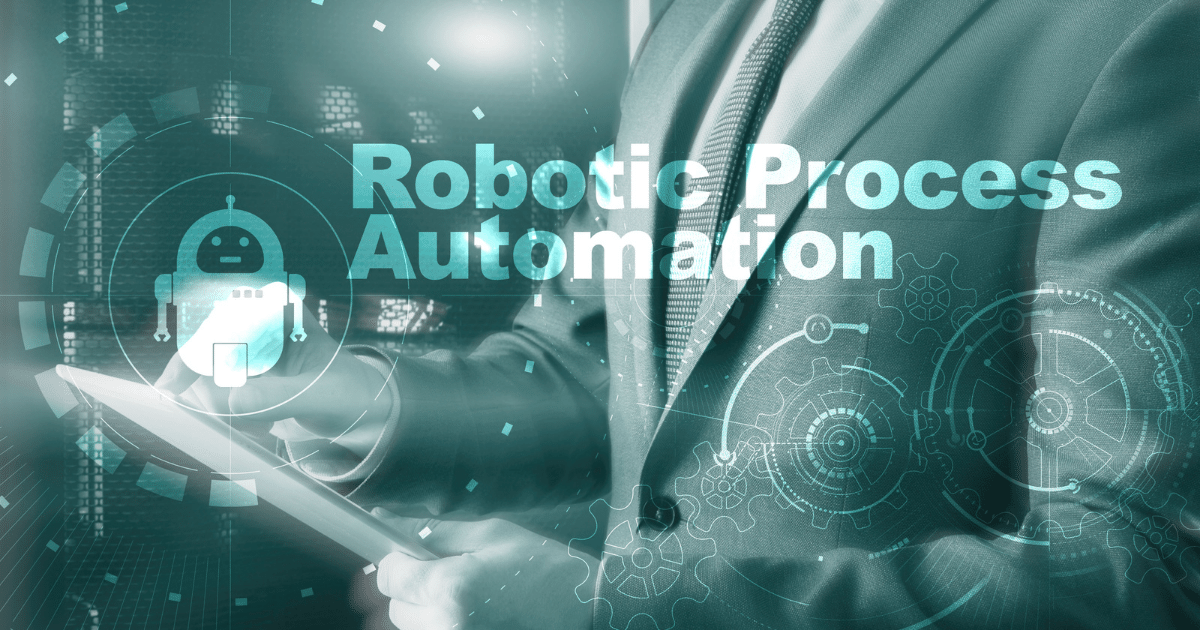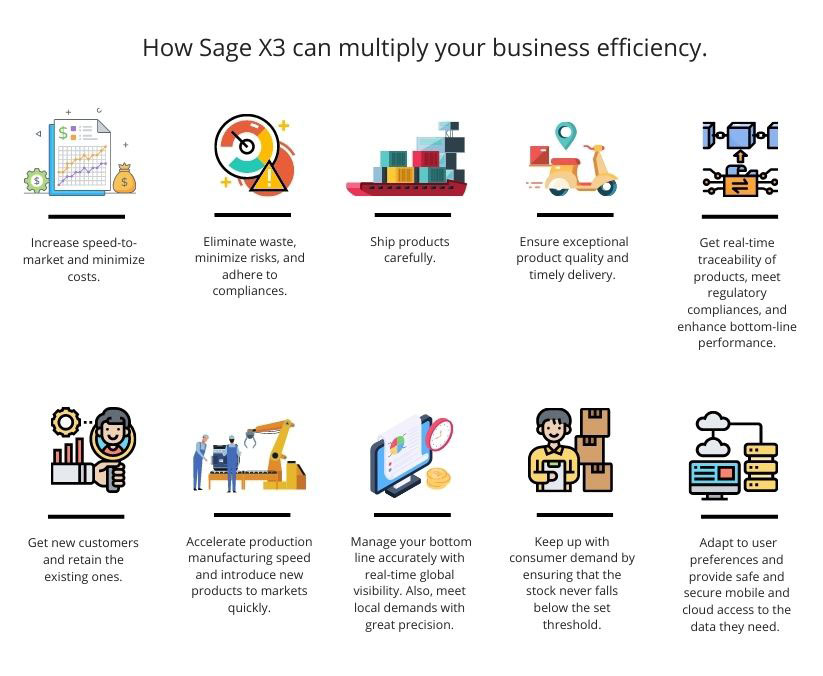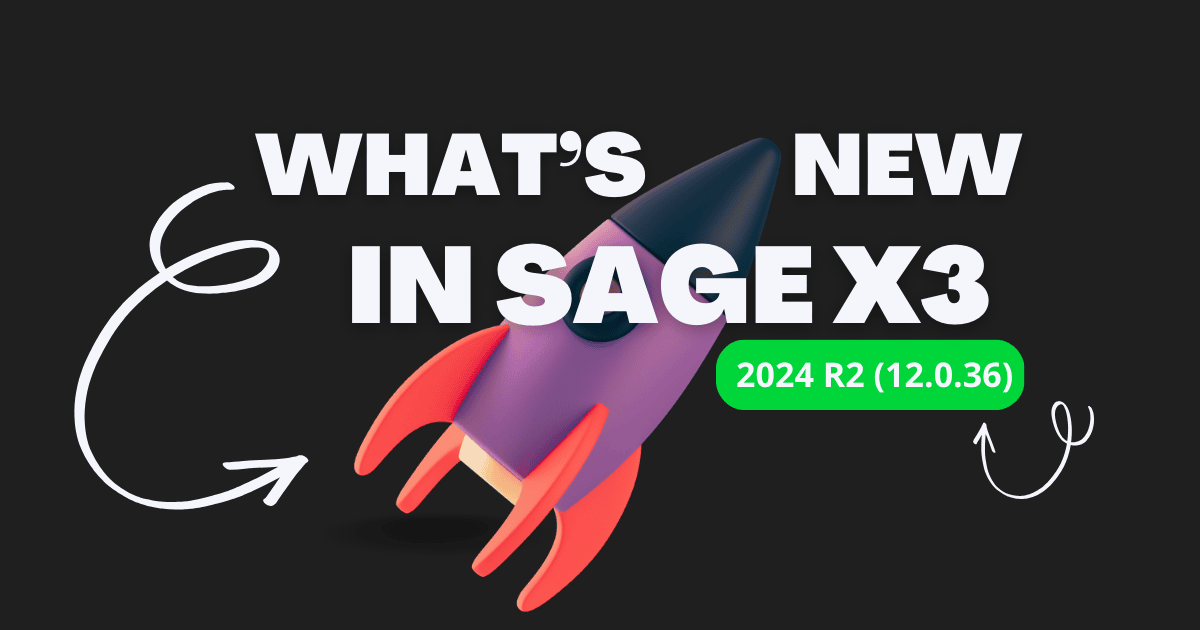Summary: Robotic Process Automation (RPA) is the latest technology taking its place in almost all sectors. There is a misconception spreading that RPA will replace human jobs. But it’s not true, humans must work along with robots. RPA has to do all the repetitive tasks, which are time-consuming for humans. Humans can focus on higher-value tasks.
Robotic process transformation, or RPA, is a high-tech process of creating software robots or bots and designing them to perform mundane, repetitive tasks. These bots can imitate human actions. This technology emulates monotonous back office processes like form filling, moving files or extracting data and many more.
Moreover, robotic process automation is a software technology that helps to build, manage and deploy software robots. Like humans, these robots are also built to comprehend what is on screen and perform functions like using the right keystrokes, navigation systems, finding and extracting data and executing other processes.
RPA is also known as software robotics. Note that the robots in the RPA are actually software robots present virtually or physically in a system.
Robotic process automation executes the actions that humans once performed. After automating those repetitive actions, humans can focus more on highly valuable tasks.
Examples of Robotic Process Automation RPA
Some examples of robotics process automation are:
- Customer complaints
- Credit card applications
- Data transfers
- Processing payrolls
- Onboarding
- Compliance reporting
- Invoicing
RPA and Artificial Intelligence
Note that RPA and artificial intelligence is not the same. AI is data-driven, and RPA is process driven, which is the significant difference between the two concepts. RPA has the function of replicating human-directed tasks. AI bots use machine learning to recognize patterns in data, especially unstructured data and learn over time. In RPA tools, human intervention is reduced.
AI can help RPA to automate tasks and help manage complex tasks.
RPA and Hyperautomation
RPA and hyper-automation are two different concepts. Hyperautomation is the process of automating all business operations that can be automated. Large enterprises deploy hyper-automation to streamline business processes and use technologies like AI and RPA to automate processes that don’t need human intervention.
Challenges of Adopting RPA
Companies use RPA to automate repetitive business processes. With the many benefits, it has even challenges to deal with. Learn more about some of the challenges of RPA.
Lean capabilities -The name of these bots indicates process automation, so it typically automates business processes. But it breaks when implementing these RPA bots to more than five applications or more than 500 clicks.
RPA bots are sometimes hard to govern, measure or manage though it is still used in many organisations.
Resiliency: When new applications or business conditions change, RPA bots fail to adopt.
Security: RPA bots sometimes have to work with confidential information. If the security is compromised, they pose a threat to the entire firm.
Efficiency: These chatbots are designed to perform human actions. But sometimes, the APIs perform better than these bots in cases such as automation workflows.
Benefits of Robotics Process Automation(RPA)
Implementing RPA Software for your business has numerous benefits.
- First, it streamlines workflow, making the company more resilient, flexible, responsive and profitable.
- If you remove mundane activities the employee performs and give more productive tasks, there will be employee satisfaction, engagement and more productivity.
- It is the solution for automating workflows that involve legacy systems like virtual desktop infrastructure(VDI) or database access.
- RPA robots can operate round the clock, which is a boon as it increases productivity.
- These software robots can interact with any system or application.
- Robotic process automation software reduces all manual errors.
- Cuts unwanted costs and boosts productivity.
- This form of automation makes use of the rule-based process to perform functions.
How does robotic process automation RPA work?
RPA’s are made to have the expertise to act and perform functions like a human. In comparison, this software doesn’t make any errors and functions without any stops. Plus, it helps employees to be more productive in the other valuable tasks assigned to them. No employee feels dynamic performing mundane tasks every day.
Businesses can rely on RPA, but tools like API(application program interfaces) or low code development is efficient enough but need to possess the expertise of RPAs.
Robotic process automation RPA works efficiently for any imitative tasks. The primary and simplest RPA bots can be made using clicks and keystrokes as users interact with the app. So whenever an issue arises, these bots will jump in to fine-tune the process.
Recordings serve as a template to create more powerful bots. First, RPA (robotics process automation) records the workflow and then generates continuous workflow in the back end. Some robust RPA bots quickly adapt to changes in screen size layout and workflows. Other RPA tools like process mining and task mining capture business process workflows and later serve as a template.
RPA bots can also integrate with artificial intelligence AI modules like OCR (Optical character recognition), machine vision, natural language understanding or decision engines. And these can result in intelligent process automation. Sometimes, all these capabilities are packaged into cognitive automation modules to support the best functions of business processes.
RPA Deployment Methodology
Learn how RPA is used in an enterprise through this methodology.
Planning
- First, identify and list the processes you want to automate. If you can answer the questions below, you can easily list where RPA can be applied to your business.
- Find out the manual and repetitive tasks.
- Identify if your input data is in electronic format and if it is readable.
- Check all the rule-based processes.
- Verify whether any changes are required in the existing system.
Proceed to the next few steps in planning.
- Form a project team to approve and finalize implementation timelines and approaches.
- Create a solution design to proceed with the RPA implementation processes.
- Search for a logging mechanism to identify issues in robotics process automation.
So, this well-structured and organised design plan will assist you in implementing RPS for your business processes.
Development
With a well-tailored plan, developing automation workflows is easier and faster.
Testing
Test and correct all the defects in this phase.
Support and maintenance
After going live, provide continuous support to identify defects and rectify them. General maintenance guidelines have to be followed with responsibilities with business and support teams.
Where is Robotic process automation RPA applied?
In this age of digitalisation outbreak, new technologies are implemented to get the work done quickly. RPA bots are used in industries where repetitive business processes must be done nonstop. Insurance, finance, banking and telecommunications are some industries in which RPA is used. In finance, robotic process automation is used to automate governance, process invoices and reconcile accounts.
In industries, especially in the supply chain process, robotic process automation is used to automate processes like data entry, predictive maintenance and after-sales support.
Telecommunications companies employ RPA to configure new services and the linked billing system for new accounts. Furthermore, all the top companies use RPA vastly to get maximum business efficiency and complete tasks faster.
For customer service, RPA bots give better service by automating contact centre desks, verifying e-signatures, uploading scanned documents and verifying data for approval or rejection.
In a company, RPA is used in accounting for budgeting, general accounting, operational accounting, and transactional reporting.
Human resources use RPA for the employee on-board and off-board process, update employee information and updating timesheet processes.
In a company’s supply chain management, RPA is implemented to automate processes such as monitoring inventory levels, order processing and payments, procurement and tracking shipments.
Best practices to follow during an RPA implementation:
Before implementing robotics process automation, plan and list its effects.
- Consider the effect RPA bots can have on your business before their implementation.
- Identify larger processes that need automation and which can have a larger impact on your business.
- It is significant to define your desired ROI.
- Sometimes, poor planning and change management can invite trouble.
- Complying with all government compliance and corporate policies must be ensured.
General usage of robotic process automation RPA
- Repetitive daily tasks can be automated and done by RPA bots.
- RPA bots can perform larger repetitive tasks such as data entry, copy and paste.
- RPA can perform multiple tasks at a time. It can assist to process transactions, manipulate data and send reports.
- Robotics process automation completely automates data extraction to create accurate, effective, and timely reports.
- Verifies and checks the validity of data on different systems.
- It is easy to migrate data automatically, which is impossible with traditional mediums like documents or spreadsheets.
- RPA bots assist in bridging the gap between IT systems and related product management platforms by upgrading both systems.
- It helps in revenue forecasting after updating the financial reports.
Criteria for choosing RPA tools
- Consider the following criteria before setting up RPA bots.
- Choose RPA bot that can be easily set up with your system.
- Consider cloud bots.
- Process mining and task discovery.
- Your RPA should possess machine-learning capabilities.
- Integrates with business processes at ease.
- A scalable and manageable RPA bot.
- Cloud bot is a better choice.
Future of RPA
RPA, when combined with AI and machine learning tools, delivers impressive benefits. It is collectively known as intelligent automation, intelligent process automation and cognitive RPA. It enables organisations to integrate business processes and efficiently manage business operations.
RPA simplifies business processes in an enterprise. Though it has a few challenges, it is a great boon to control and manage functions that can be automated that don’t require any human intervention. Robotic process automation has helped many businesses to gain higher productivity. Automating repetitive tasks was very helpful in attaining employee satisfaction.
Employees can be given valuable tasks instead of mundane activities. And automation helps in providing better customer support. Giving immediate responses to the customer and extracting customer information has enabled companies to provide a good customer experience.
Sage X3
Sage X3 is a fully automated enterprise resource planning software to manage everyday business activities. This ERP system is the best business management solution for your business. Sage X3 is the perfect solution for any business or manufacturing industry. Integrate your business process to Sage X3 and efficiently manage your business. It covers efficiently managing operations like finance and accounting, supply chain management, product management, inventory control, distribution and more significant functions. Sage X3 has a centralized system where authorised users can access the data. It provides you with the best data security.
Sage X3 is a comprehensive ERP suite comprising all the features required to balance and manage your business effectively. You can also customise the features based on your company. This software is carefully designed to manage all types of business. Even after the implementation of this software, our expert support team will guide you and your team in interacting adeptly with the software. Make the right decision for your business to achieve your goals. Choose Sage X3 ERP system for your business.
To learn more about our product, explore our website: www.sagesoftware.co.in
Connect with us today.
Sage Software Solutions is a leading IT company with an array of advanced ERP Software solutions. Our proprietary products — Sage X3 and Sage 300 will help you cut your operational expenses, improve business productivity, increase operational efficiency, forge robust customer relationships, and strengthen association with vendors, suppliers, and distributors. So, if you are looking to reinforce your business fundamentals and emerge as an industry leader, then please schedule a call with one of our sales representatives.






